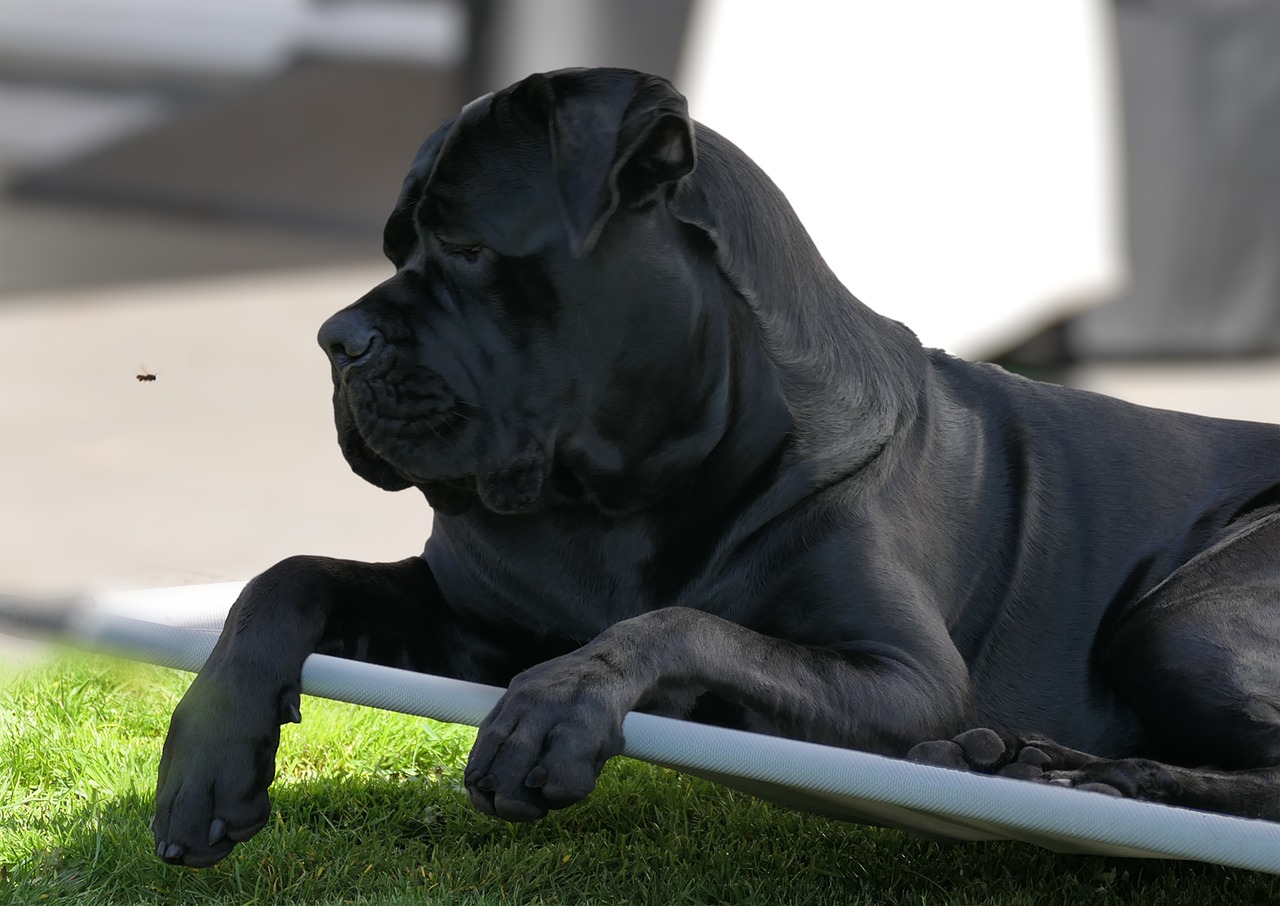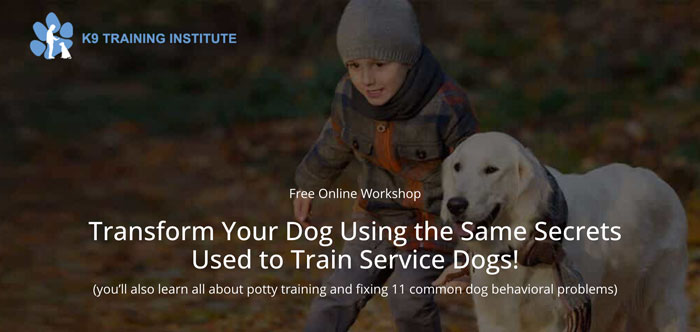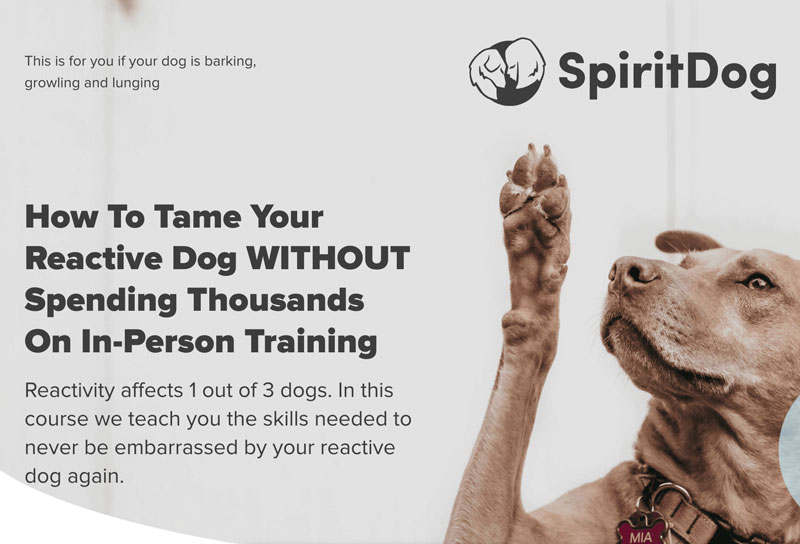
Cane Corsos are powerful and intelligent dogs that are known for their protective nature. However, they can also be prone to reactive barking, which can be a nuisance for owners and those around them. Whether it’s barking at strangers or other dogs, reactive barking in Cane Corsos can be a result of fear, anxiety, territorial behavior, or lack of socialization. Fortunately, there are several effective strategies that can be used to help Cane Corsos learn to control their barking and respond appropriately in different situations. In this article, we will explore ten strategies that can help owners address reactive barking in their Cane Corso and create a harmonious living environment for everyone.
⚠️ Note: While the tips below should get you started, it’s important to realize that your Cane Corso’s excessive barking is symptom of reactivity. Consider looking into an online training course that specifically addresses reactivity (we like SpiritDog’s “Tackling Reactivity course or K9 Institute’s Dog Masterclass)
1. Identify and Understand Your Cane Corso’s Triggers:
The first step to addressing reactive barking is to identify the specific triggers that cause your Cane Corso to bark. Observe your dog closely to determine what situations or stimuli provoke their barking, such as encountering other dogs, strangers approaching, or loud noises. Once you understand the triggers, you can develop a targeted plan to address the issue.
2. Desensitize Your Cane Corso to Triggers:
Desensitization is a gradual process that involves exposing your Cane Corso to their triggers at a comfortable distance, allowing them to become more accustomed to the stimulus without reacting. Over time, you can slowly decrease the distance between your dog and the trigger, always rewarding calm behavior. This process helps your dog become less reactive to the trigger, ultimately reducing their barking.
3. Use Counter-Conditioning with Your Cane Corso:
Counter-conditioning is another technique that can help change your Cane Corso’s emotional response to a trigger. By pairing the trigger with something positive, such as treats or toys, your dog can begin to associate the stimulus with a positive experience rather than fear or anxiety. Over time, this can reduce your dog’s reactive barking.
4. Use Positive Reinforcement with Your Cane Corso:
Reward your Cane Corso for remaining calm and quiet in situations where they would typically react with barking. Consistently offer praise, treats, or affection when your dog displays appropriate behavior in response to their triggers. This positive reinforcement helps your dog learn that there are better ways to cope with their triggers than barking.
5. Teach Your Cane Corso the “Quiet” Command:
Train your Cane Corso to understand and respond to the “quiet” command. When your dog starts barking in response to a trigger, calmly say “quiet” and wait for them to stop. As soon as they are silent, immediately praise and reward them. Repeat this process consistently until your dog associates the command with the desired behavior.
Related: What online dog training program does iHeartDogs recommend for reactive barking?
6. Redirect Your Cane Corso’s Attention:
When your Cane Corso begins to bark reactively, try redirecting their attention to a more productive activity. Offer a favorite toy, initiate a training session, or engage in play to refocus their energy. This helps your dog learn that there are alternative ways to react to stimuli, rather than barking.
7. Provide Adequate Exercise and Mental Stimulation for Your Cane Corso:
A well-exercised and mentally stimulated Cane Corso is less likely to engage in reactive barking. Ensure your dog receives enough physical activity and mental stimulation daily through walks, play sessions, and interactive toys. This can help reduce pent-up energy and frustration, which can contribute to reactive barking.
8. Create a Calm Environment for Your Cane Corso:
A chaotic or noisy environment can exacerbate your Cane Corso’s reactive barking. Create a calm and quiet space for your pet, with a comfortable bed and designated area for their toys. Use calming scents, like lavender or chamomile, and soothing sounds, such as classical music or white noise, to help reduce anxiety and promote relaxation.
9. Manage Your Cane Corso’s Environment:
While you work on addressing your Cane Corso’s reactive barking, consider managing their environment to limit exposure to triggers. This may involve using window films to obscure your dog’s view of passersby, creating a designated “safe space” for your dog to retreat to, or using baby gates to restrict access to areas with high trigger exposure. Managing your dog’s environment can help reduce their reactive barking while you work on implementing other strategies.
10. Try an Online Dog Reactivity Training Course
If your Cane Corso’s reactive barking continues despite your efforts, consider consulting with a professional dog trainer or behaviorist.
2 online dog training programs we like are:
1. SpiritDog’s “Tacking Reactivity” Course
The SpiritDog Tackling Reactivity Course is an online training program designed to help dog owners address their dog’s reactive barking without the need for expensive in-person training. The course aims to help owners understand their dog’s triggers and teaches techniques to calm and accommodate reactive dogs. Developed by experienced dog trainer Steffi Trott, the program offers video lessons, instructional PDFs, quizzes, and access to trainers for support.
2. K9 Training Institute’s “Dog Masterclass”
More than just an obedience course, this more comprehensive training course tackles any behavior problem you might face with your dog.
10 Reasons Why a Cane Corso Might Be Reactive Barking
- Fear or anxiety: Cane Corsos may reactively bark when they feel fearful or anxious, especially when they encounter strangers or new situations.
- Territorial behavior: Cane Corsos are known to be protective of their home and family, and they may bark to warn potential threats to stay away.
- Lack of socialization: Cane Corsos that have not been socialized properly may reactively bark at other dogs or people due to fear or uncertainty.
- Separation anxiety: Cane Corsos that suffer from separation anxiety may bark excessively when left alone or when their owners are out of sight.
- Lack of exercise: Cane Corsos that do not get enough exercise may become bored or restless, leading to reactive barking as a way to release pent-up energy.
- Frustration: Cane Corsos may reactively bark out of frustration when they cannot get what they want or when they feel blocked from achieving a goal.
- Attention-seeking behavior: Some Cane Corsos may learn that reactive barking gets them attention from their owners or other people, leading to a habit of barking for attention.
- Breed tendencies: Cane Corsos may have a genetic predisposition to reactive barking due to their breeding history and instincts.
- Medical issues: In some cases, Cane Corsos may bark excessively due to underlying medical conditions such as pain, discomfort, or hearing loss.
- Learned behavior: Cane Corsos may learn to reactively bark from other dogs or from their owners who may inadvertently reinforce this behavior by responding to the barking.
In conclusion, reactive barking in Cane Corsos can be a challenging behavior to address, but it is not impossible to overcome. By understanding the underlying reasons why Cane Corsos may reactively bark, owners can develop a tailored training approach that addresses their specific dog’s needs. With the right strategies, including positive reinforcement training, socialization, environmental management, and more, owners can teach their Cane Corsos to control their barking and respond appropriately to different situations. With patience, consistency, and a commitment to training, owners can help their Cane Corsos become well-behaved and well-adjusted companions that are a joy to be around.
NEXT UP: Can an Online Training Course Help Stop My Cane Corso’s Barking?



 Toledo, United States.
Toledo, United States.
